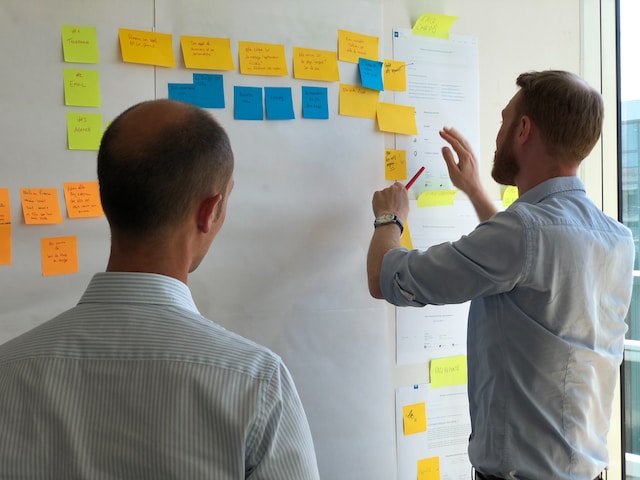A robust learning environment is one of the fundamental elements of successful learning. It provides students with a safe, supportive, and inspiring environment where they can develop and reach their potential. In this article, we will look at the importance of creating a robust learning environment and the key aspects that contribute to it.
Physical Security:
A secure educational environment must be physically safe for students. This includes making school buildings, classrooms, and playgrounds safe, regularly checking the condition of equipment and furniture, and enforcing fire safety standards. Students should feel secure and comfortable in their learning environment.
Emotional Support:
A secure educational environment also provides emotional support for students. Teachers and other school staff should be sensitive to children’s emotional needs and show empathy and understanding. They create trusting relationships with students, listen to them, and help them develop self-regulation and problem-solving skills. Emotional safety promotes active participation and effective learning.
Inclusiveness and Diversity:
A robust learning environment strives to be inclusive and respectful of student diversity. It welcomes cultural, linguistic, and individual diversity and ensures equal opportunities for all. Teachers and school staff create an environment of mutual respect and understanding where every student feels accepted and valued. Diverse perspectives and experiences enrich the educational process and promote tolerance.
Active participation and collaboration:
In a robust educational environment, students are encouraged to actively participate and collaborate. Teachers use a variety of teaching methods that allow students to actively participate in lessons, ask questions, discuss ideas, and collaborate with peers. Class teams, project work, and group assignments develop communication skills and promote team thinking.
Feedback and Assessment:
A robust learning environment provides regular and constructive feedback to students. Teachers provide clarification and explanation, help students understand their strengths and weaknesses, and offer specific recommendations for improvement. Assessment is based on a variety of methods, not just tests and exams, to give a complete picture of each student’s progress and achievement.
Conclusion:
Creating a secure educational environment is an integral part of an effective education. It provides physical safety, emotional support, inclusion, active participation, and feedback. Qualified teachers and school staff representatives play a critical role in creating an environment where every student can reach his or her potential and achieve success. The ongoing development of a robust learning environment must be a priority for all educational institutions to ensure high quality learning and student well-being.

